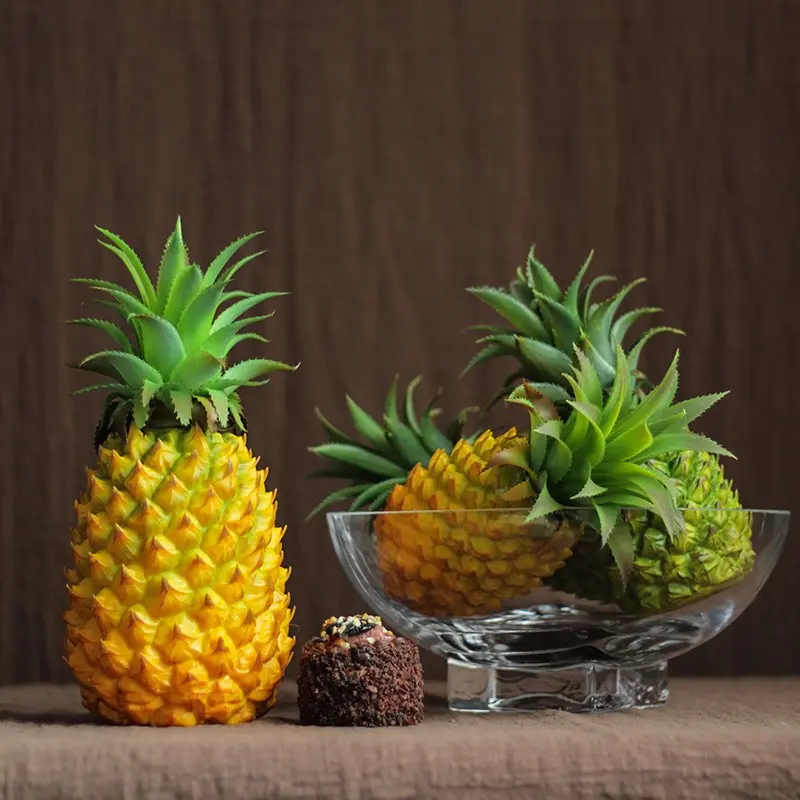The difference between real flowers and fake flowers and production capacity analysis
With the diversification of people's social aesthetics and consumer needs, real flowers and fake flowers each occupy a very important position in the market. Although they both have beautiful colors and shapes in appearance, they have significant differences in materials, production processes, application scenarios, etc., and with the development of artificial flower production technology, its production capacity and market size have also shown increasingly strong competitiveness.
The basic difference between real flowers and fake flowers
First of all, real flowers are natural products, usually plants grown from the soil. Real flowers are brightly colored and have unique natural textures. Therefore, in the high-end flower market, real flowers dominate. However, the production cycle is long, and it is greatly affected by seasonal changes and climatic conditions. It is delicate and perishable, and requires special transportation and storage conditions.
Fake flowers are artificially synthesized decorations, usually made of artificial materials such as plastic, silk, and rubber. With the advancement of modern technology, the production process of fake flowers has far surpassed traditional craftsmanship. Many fake flowers look no different from real flowers, with diverse shapes and bright colors, and can be preserved for a long time without withering. The advantages of artificial flowers are durability and plasticity, which are suitable for long-term display and decoration in various occasions.
Capacity difference
In terms of capacity, the production of real flowers depends on a series of links such as agricultural planting, picking, and transportation. The production of real flowers is affected by natural conditions, especially in some harsh climate environments, the planting and supply of real flowers may be greatly affected. For example, although greenhouse planting and dedicated flower production bases can increase production, the cost is high and the cycle is long. In addition, there are also great challenges in the preservation and transportation of real flowers.
In contrast, the production capacity of artificial flowers is more flexible. The production of artificial flowers is mainly mechanized and automated processes. Our company was established in 1998 with a total area of more than 20,000 square meters. Our factory has 25 years of simulation experience and advanced technology, 100,000 sets of molds, 60 million inventory, and equipment to produce highly simulated artificial plants, such as realistic lotus lotus leaf series, Phalaenopsis series, Calla lily series, Anthurium series and simulated trees. Our factory is BSCI certified and supports cross-border. Our products can pass EU CE, RoHs and US CPC certification. With high simulation technology and professional after-sales service, we have been recognized and praised by more than 200 long-term cooperative customers from all over the world. The modern production line can meet the large-scale and efficient production of artificial flowers of various styles and varieties. Our factory can complete the production of a large number of artificial flowers in a short time, and the supply chain is more stable. Especially in the peak season of demand (such as holidays and wedding season), the market demand can be quickly met.
Conclusion
In general, real flowers and artificial flowers have their own advantages and markets. Real flowers have an irreplaceable position in some special occasions because of their natural beauty and fragrance. Artificial flowers are becoming more and more popular in home decoration, festivals and celebrations due to their stable production capacity, durability and low maintenance cost. With the continuous advancement of artificial flower production technology, the artificial flower market will continue to grow in the future, gradually forming a complementary relationship with real flowers, and jointly meeting the diverse needs and preferences of consumers.










